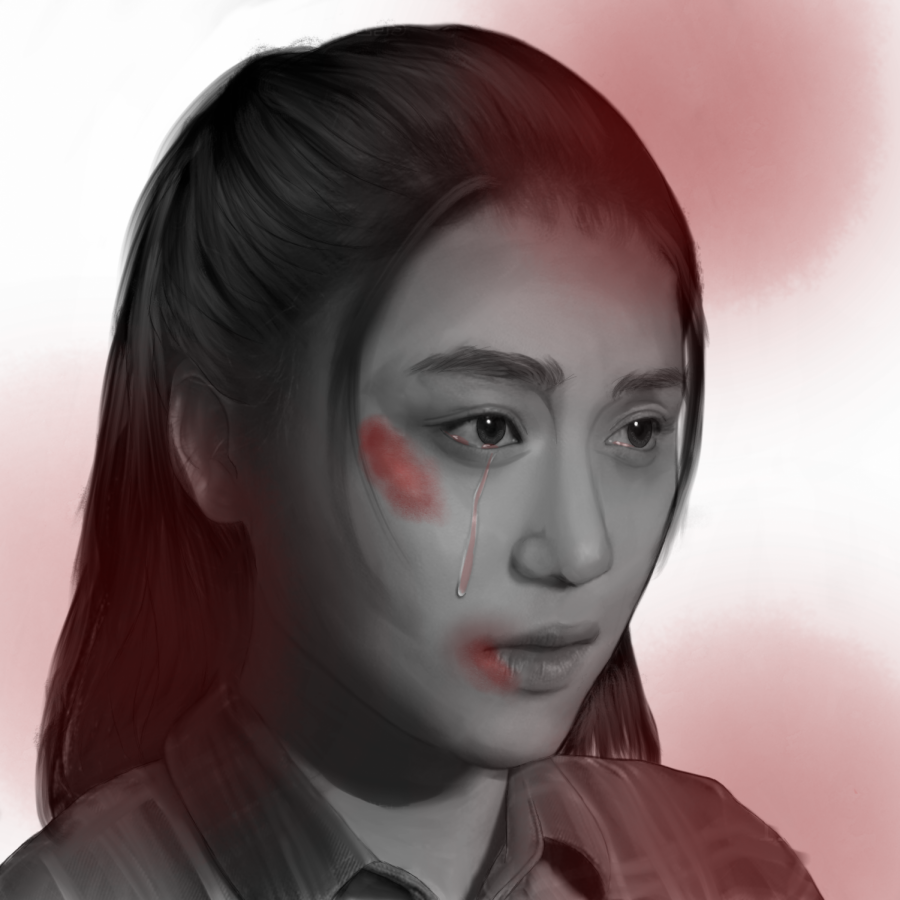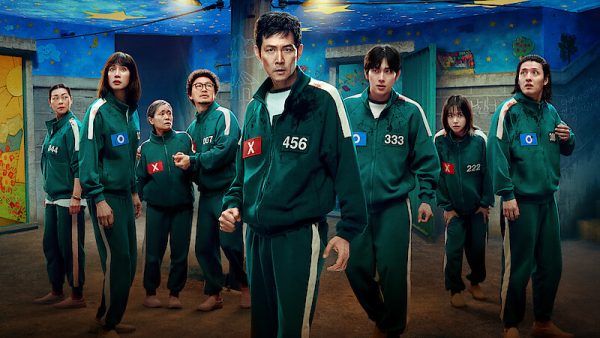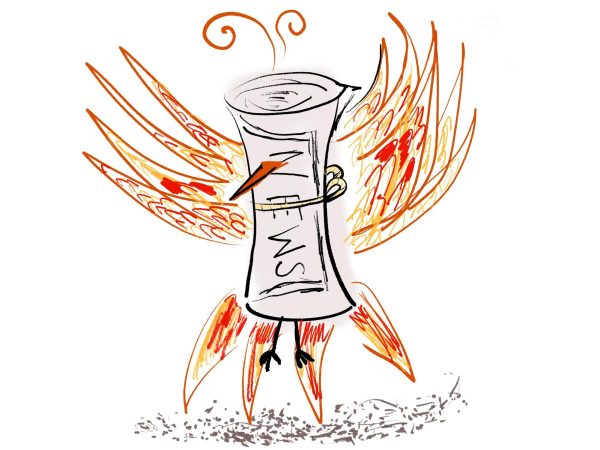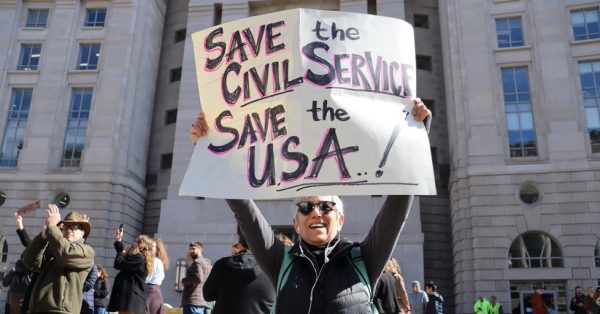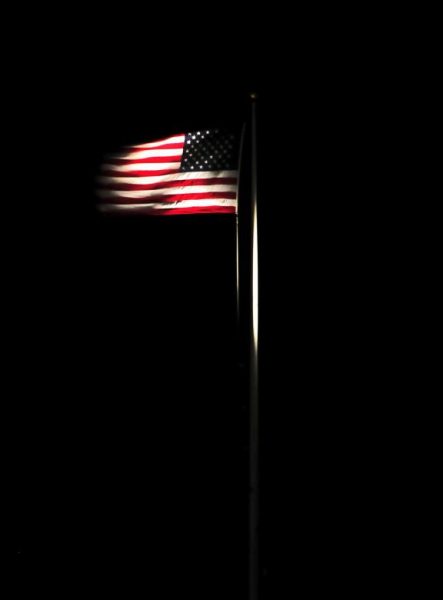Because We Are Invisible
A long history of intertwined racism and misogyny is leaving Asian women vulnerable.
These stereotypes dehumanize Asian American women and downplay them to solely sexual objects. This dehumanization, in turn, perpetuates violence toward this community, and even encourages it.
Read the Tower’s previous coverage here.
“People on here literally debating if this was a misogynistic attack against women or a racist attack against Asians,” Jenn Fang, the founder of a long-running Asian-American feminist blog, Reappropriate, wrote in a bitterly illuminating Twitter thread. “What if—wait for it—it was both.”
Of the eight victims killed on March 16’s shooting rampage in the Atlanta area, six were women of Asian descent. The conversations prompted by the horrifying event have continued to find their way into our daily lives, especially heavy on the minds and hearts of members in the Asian American and Pacific Islander (AAPI) community. The terrorist act followed a year of increased Anti-Asian violence and discriminatory attacks largely fueled by the xenophobic rhetoric about the COVID-19 pandemic.
According to Stop AAPI Hate, a reporting database established at the start of the pandemic as a way to record the attacks, they have received 3,795 reports regarding racist sentiments between March 19 of last year and February 28 of this year. Of those attacks, women reported hate incidents 2.3 times more often than men. “This is something that I have expected because women are often seen as the weaker ones. This leads some people to think that we’re an easier target,” Matsa Shi (‘24) continued. “It shouldn’t be like this though.” This data seems to indicate that attackers across the board have sought out those who they perceive to be more vulnerable, a perception that’s inextricably linked with gender and race.
The fear felt by many Asian American women, for whom the violence in Georgia targeted, felt chillingly familiar.
“This attack was definitely a culmination of events throughout the year; however, there have been so many examples of the underlying prejudice against Asians,” said Serena Zhang (‘24). “Perhaps COVID-19 made it more apparent…this was not the ‘singular moment’ when the world finally realized this racism exists, but it was really a result of ideas that have always been there, just never brought to attention.”
Following the shooting spree, the suspect told the police that he had a “sexual addiction” and had carried out acts of violence at massage parlors to eliminate his “temptation,” the authorities said in a press conference. In stating so, he implies that both of these establishments—spa parlors—are venues for “temptation” and for the people who were on-site, they were also similarly viewed as distractions or objects of desires. This sentiment stems from the suggestive implications about spas and Asian American women, who have historically been depicted as hypersexualized beings. Robert Long, the perpetrator, a white man, went on to claim the attack was “not racially motivated.”
Captain Jay Baker, who has since been removed as the spokesperson for the case, may not have said it explicitly by discussing Long’s sexual addiction, but the message was clear: his motive is supposedly rooted in misogyny, not racism.
However, for those who see the two forces as entirely separate is to erase a significant layer of societal context. As many Asian American women pointed out following the attack, racism and misogyny enforce a shared narrative; due to largely historical factors, AAPI women often experience that connection in an intimate and disturbing way. “Women are susceptible to any attacks, but when it comes to a world with anti-Asian stigma, this only adds on,” said Serena. Those who were killed were targeted not only because of their race and gender but also because of their work and immigration status. They were targets because of their intersectional identities.
“Long’s excuse is not even close to valid,” said Sophia Guan (‘24). “We as a society should be taking steps to move ourselves away from those stereotypes, yet claims like this are only taking steps back.”
Portrayed in popular culture as exotic “lotus blossoms” and even manipulative “dragon ladies,” a long history of misogyny and violence has been directed specifically at Asian women by men of all races. According to Today, the Page Act of 1875, for example, prohibited the immigration of “Oriental” laborers brought against their will or for “lewd and immoral purposes,” functionally also banning all East Asian women from entering the United States. Additionally, America’s military presence in Asia, from Japan to Vietnam to the Philippines, has resulted in the internalization of a mindset regarding how the occupation of Asian women’s bodies is like the occupation of land. Undoubtedly, such histories have heavily impacted pop culture, which has both mentally and materially influenced Asian women in their daily lives.
“It’s a sexual connotation that cannot be removed from race,” explained Celine Parreñas Shimizu, the director of the School of Cinema at San Francisco State University, “It’s attributed to a particularly long history of the hypersexuality of Asian American women in our international consciousness, and in the fantasies that have been offered by the theater and film.” Stereotypes of Asian women as submissive may embolden assailants—just like an object that won’t fight back.
Furthermore, according to the National Asian Pacific Women’s Forum, it is well established that hate crimes against Asian women are drastically undercounted, as one contributing factor is that cases involving a sexual feature tend to be classified as sex offenses, directly erasing any racial ties. “I talked about this in my AAPI Awareness Chapel talk, but my mother and I also faced a racially charged attack when a white man walked by us and elbowed my mother in the face. We never reported this incident,” Aria Liu (‘23) noted. “There are likely many more experiences just like ours that were never brought to light either, so the number of anti-Asian attacks probably far exceeds the number of reported cases. Sometimes, this can be scary to think about since I don’t feel as safe just walking on the streets anymore.”
Complemented by the inescapability of the model minority myth, which often drives a wedge between communities of color and downplays the Asian American experience as deserving and “not as bad,” this dynamic ultimately leaves the pain and violence AAPI women endure nonexistent.
“Even if we don’t think it is, racism is always rampant in every community, whether it is through micro-aggressions and racist statements, or violent attacks and even murder,” Aria remarked. “I think the most important thing is to not let these things go,” explained Serena. “I know that there is controversy surrounding how Diversity, Equity, and Inclusion (DEI) sessions are carried out, but when it comes to the issues brought up during these enrichment sessions, they should not be overshadowed by complaints.” Furthermore, students commented on what our Bishop’s community can do specifically. “We should do our best to listen to the people who want to speak up, and encourage those who may want to stay quiet, to use their voices,” Sophia added. “This way, I hope we can build a community where no one feels silenced or unsafe.”
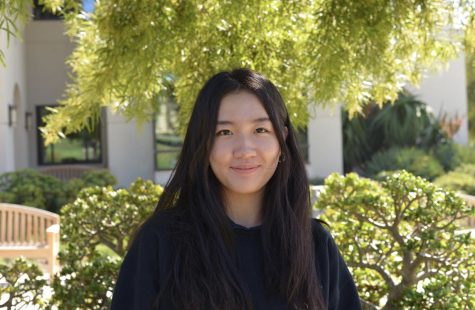
Crystal Li joined The Tower in her freshman year when she moved from Shanghai to San Diego in 2019. Now a senior, she fondly looks back on the four-year...


